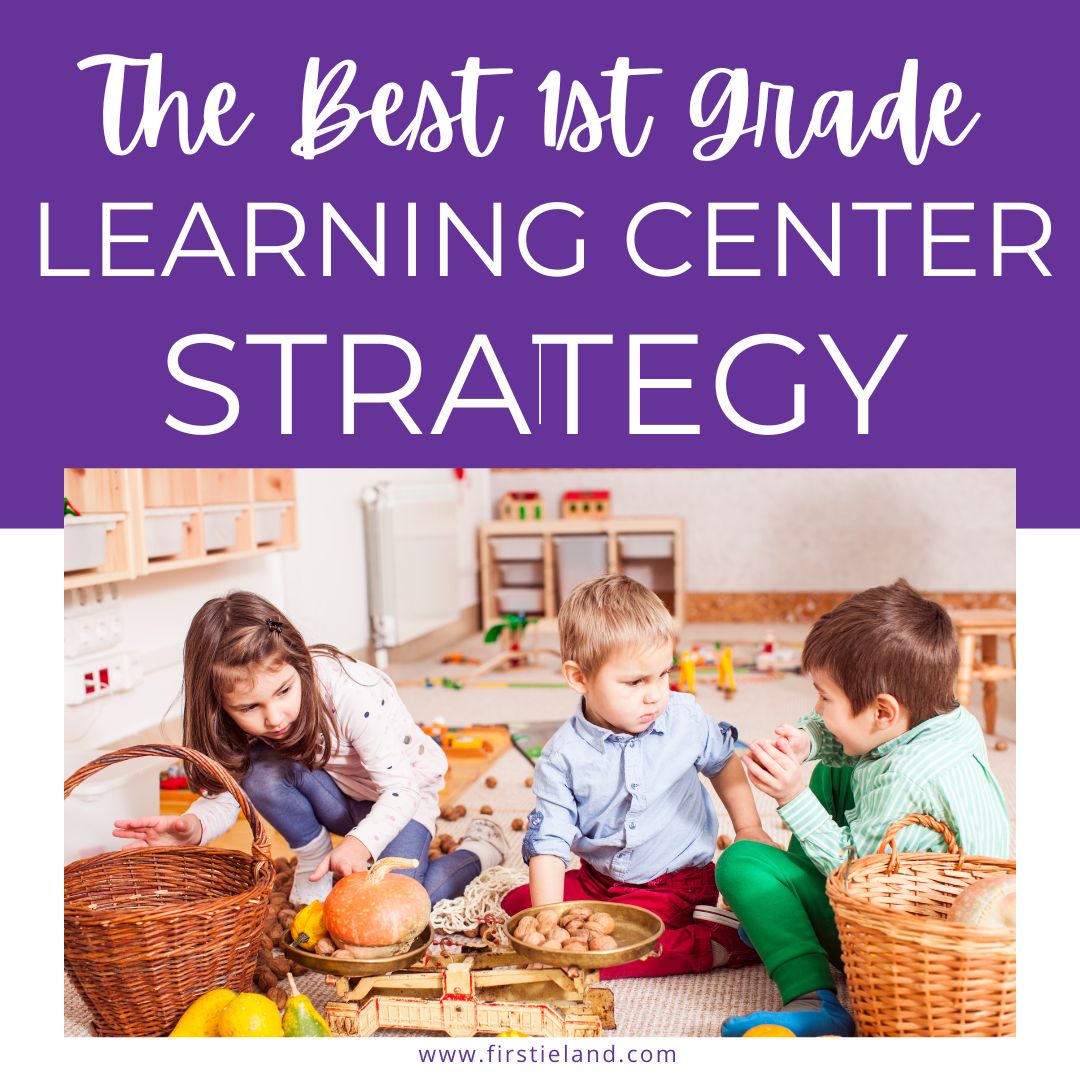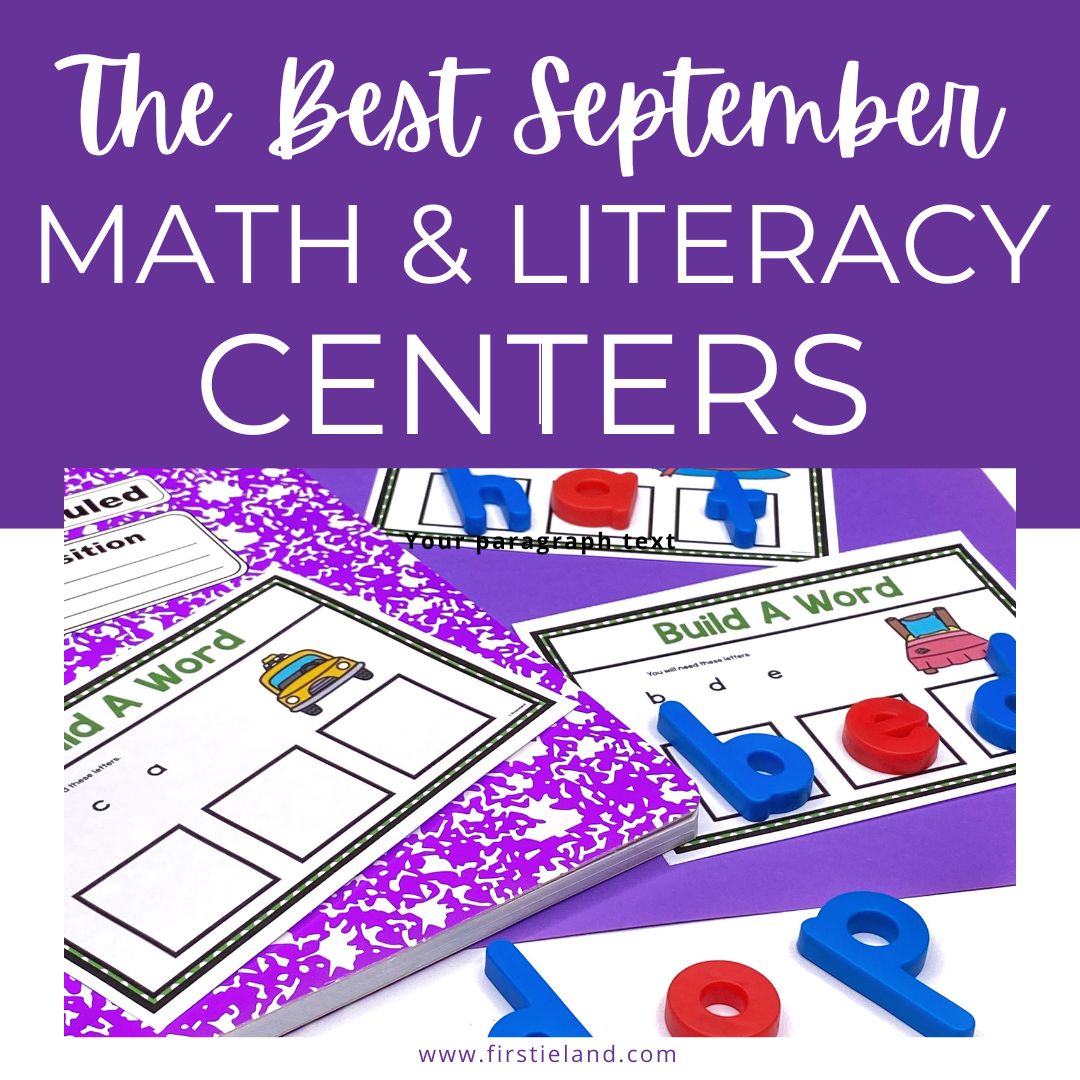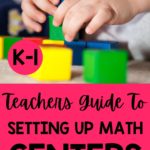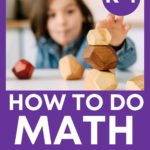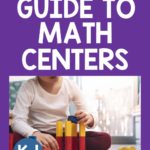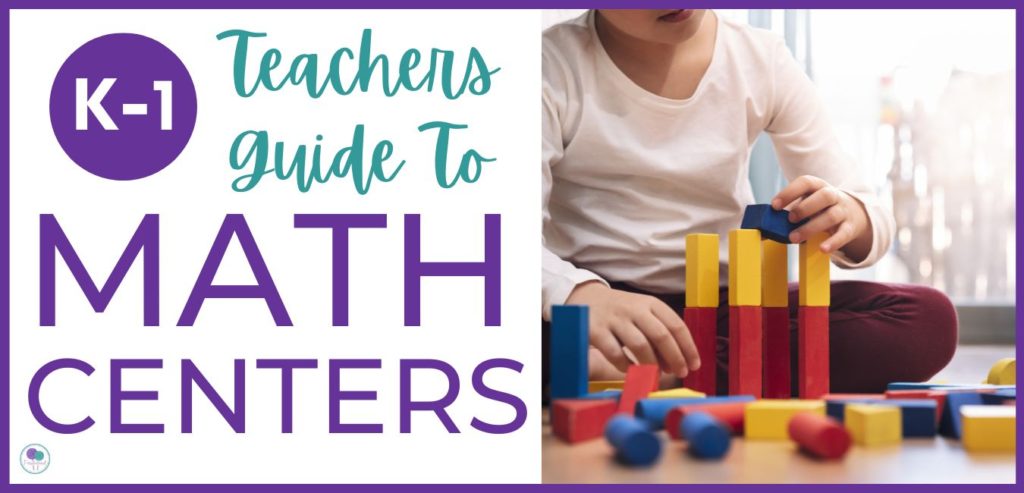
Math centers are an essential part of every kindergarten and first grade classroom. Take a look at these math center ideas to help you get started today!
What Is A Math Center?
A math center is an area of the classroom where students visit to practice different math skills they've been learning in class. It's a place where students work with math manipulatives, play games, and review math concepts. Another name for math centers are math stations.
What Do Students Do At A Math Center?
The most important thing to remember about this center is that it should be a place where students practice the skills they've already been taught in class. It should always be an area for review, never introduction of new skills.
When students visit the math center there should be many options for them to pick from. They may choose to play an addition game with a friend or practice telling time on miniature clocks. Students may work with different pattern block shapes to create designs and patterns. There are many possibilities of hands on math activities that students can do at this center, depending on the time of year and skills they're working on in class.
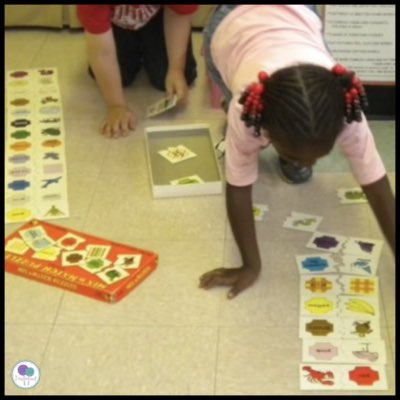
How Do You Set Up A Math Center?
There are 4 basic rules to remember when setting up a math center in kindergarten or first grade:
1. Provide Quality Materials
When choosing materials to use at your math center be sure they're of good quality. There should be no sharp edges where children could hurt themselves. Materials should be clean and appealing to look at and work with.
2. Location And Arrangement
One of the first things to consider when setting up your math center is space. Where will you put this center in your classroom? It should be in an area that's fairly quiet.
Do you have a sensory table in your classroom? If so, putting your math center near this area is a great idea for measurement activities. Another great place for your math center is near your carpentry or block area. Both of these areas lend themselves well to measurement too.
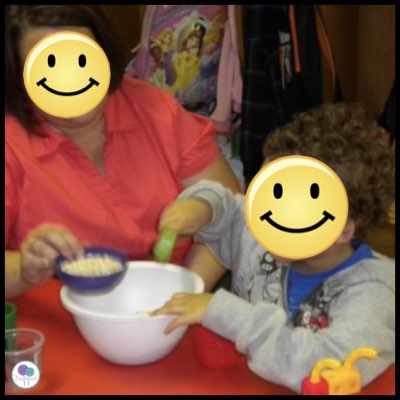
Another area where you might want to put your math center is near your classroom calendar. This is an area where students are familiar with doing math activities and it makes easy access for things you might need during calendar time.
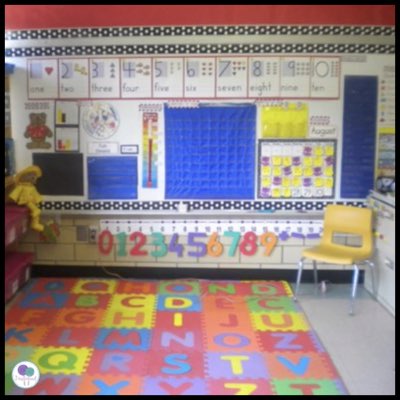
3. Furnishings At The Math Center
You'll need at least one shelf to keep your different games, manipulatives, and other materials that students will be using. If possible, add a small desk or table for students to work at this center. A small carpet is a good place for students to sit and play games with friends.
Clear tubs are best for storing manipulatives like Unifix cubes and pattern blocks. Students can easily see where things go in each math tub. Head to your local dollar store for clear plastic shoe boxes. They make great storage and are very affordable.
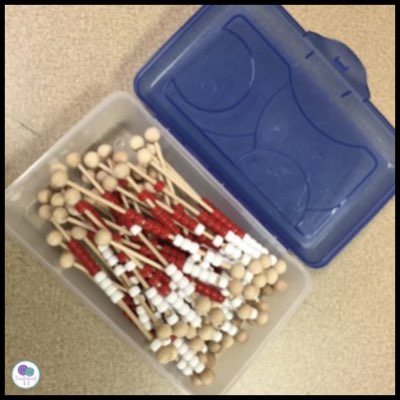
Keep your math center neat and organized by taking photos of each of your manipulatives and label the math tubs with these photos. Tape a photo to the shelf and encourage students to match the tub with the place on the shelf.
4. Change Materials Frequently
As you're getting ready to set up your math center make a plan for the year. Think about the skills you'll be teaching over the course of the school year and when you'll add different activities to this center. If you don't teach telling time until the spring wait until then to add your mini clocks to this center.
When setting up your math center in kindergarten or first grade it's a good idea to have open-ended materials like Unifix cubes, pattern blocks, stringing beads, math dice games and ten frames. These are materials that students can explore and practice skills at their own pace. It's also a good idea to have specific games, task cards, and other activities that are practice for the skills you're learning at that time in your classroom.
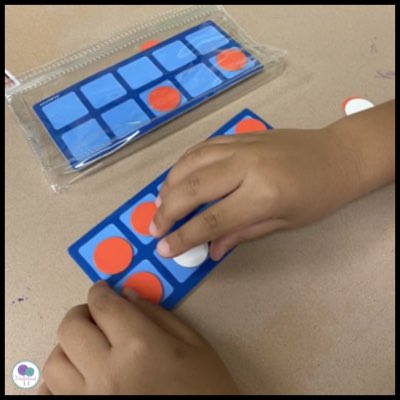
It's important to have enough materials at your math center to keep kids interested but not so much as to overwhelm them. When you have too many activities students tend to start one thing and move on to the next quickly. This leads to using materials incorrectly and fooling around.
Remember to change materials frequently so students don't become bored. Boredom leads to problems. Keep things fresh with new math center activities for each month. Add fun seasonal math games to keep kids interested. Create a system where you can rotate your math center games and materials monthly. Buy plastic storage boxes to keep your monthly centers organized and store them in a cupboard in your classroom. This makes changing materials quick and easy.
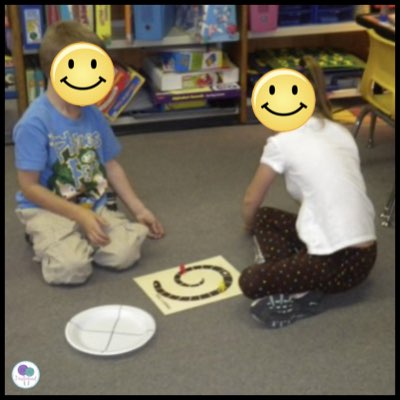
What Materials Do I Need At A Math Center?
There are many manipulative materials you can add to your math learning center in first grade or kindergarten to make it fun and interesting for students:
- peg boards
- pattern blocks
- Unifix cubes
- balance scales
- puzzles
- stringing beads
- small wooden cubes
- plastic shapes
- dry beans
- pasta
- number cards
- 3-dimensional shapes
- sorting boxes with sorting objects
- mini clocks
- magnetic numbers
- rulers
- dice
- cash register with play money
- geoboards with rubber bands
- tape measure
- pencils
- paper
- crayons
- books about math concepts
How Do I Introduce The Math Center?
Now that you have your math center all set up, it's time to introduce it to your class. The first thing to do is show your students where your math center is and how to find it in your room. Label this area with a math center sign. Adding signs to each of your centers makes it easy for students to locate each center in your classroom.
Elementary students should be shown the different materials at the center and explain how to keep the learning center neat and organized. Encourage students to keep the same materials together in one math tub. Show them how to sort materials back into the correct tub and place them on the matching pictures you've taped to your shelf.
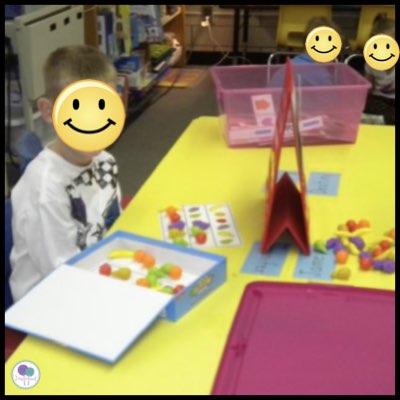
When you're teaching students how to do math centers, show them different ways to use the materials. Be enthusiastic about the materials but don't dictate exactly how they must use them. Allow for free exploration, especially at the beginning of the school year. As time goes on, encourage students to use different materials for adding, subtracting, making patterns, etc. at your math centers in first grade or kindergarten.
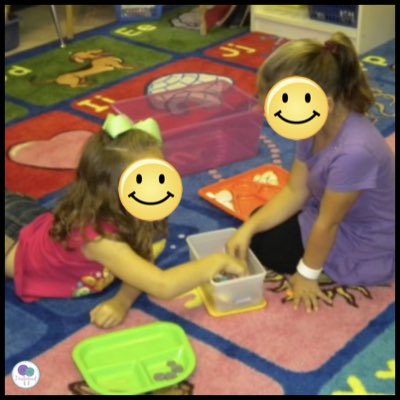
Be sure to tell students how many students may visit the math center at one time. Will you have a sign-in chart or learning center log? Show students how to use this when visiting this center.
If you have math centers for each month that you will switch out, show students how to play the games and activities at the beginning of each new month.
How Do I Differentiate Instruction At A Math Center?
It's important to think about the needs of all students when setting up your math center. Provide opportunities for all students to practice and feel successful. Here are some ideas for math centers differentiation:
If you have students with physical impairments you can do things like:
- tape objects to the table
- put seat belts on chairs to help them when seated at the center
- give students in wheelchairs a tray to use as their workspace
- add puzzles with big handles
- add magnetic boards for students to create patterns – students can slide objects with greater control.
If you have students at different instructional levels be sure to have a variety of games and activities to choose from. You can put activities in different colored boxes and encourage students to use activities that are at their learning level.
Get Your Math Centers Started Today
Ready to get your math center set up in your own classroom? Head over here to grab this bundle of math and literacy centers. You'll have everything you need at your fingertips for the entire year.
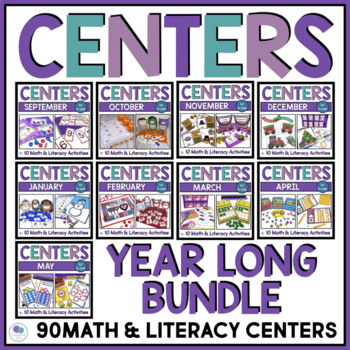
Save these teacher tips for later!
Take a minute to save these tips to your favorite kindergarten or first grade math Pinterest board so you can remember them later!
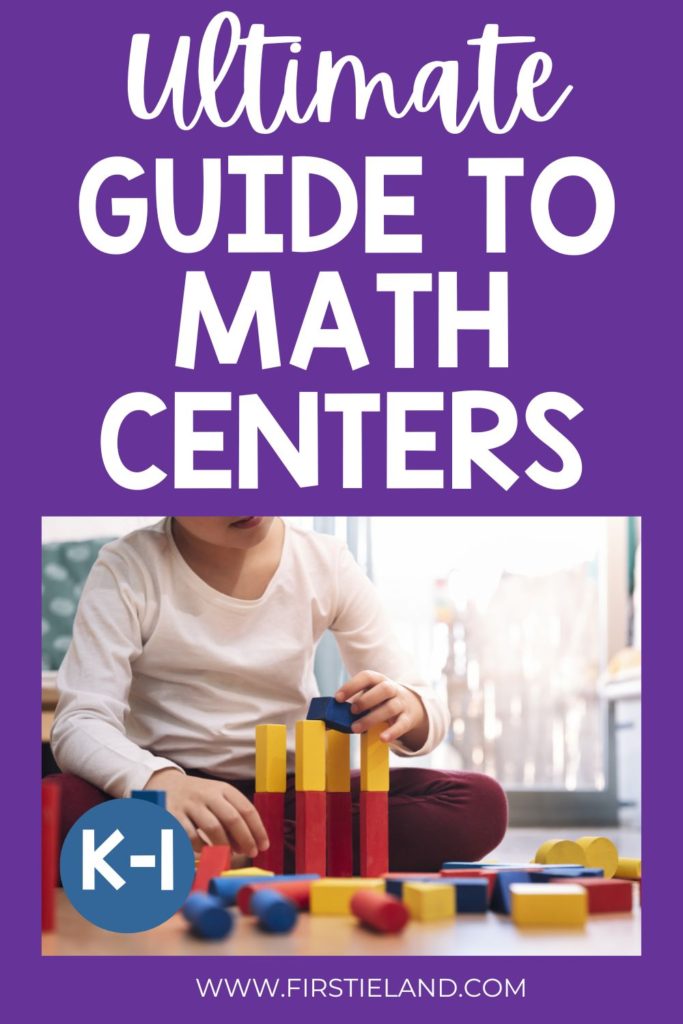
Want more tips for classroom learning centers? Take a look at these posts:

